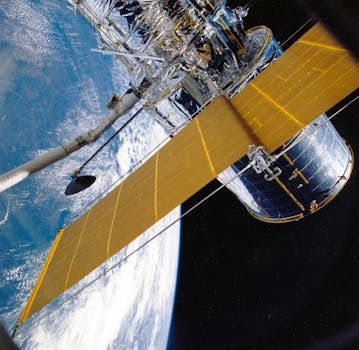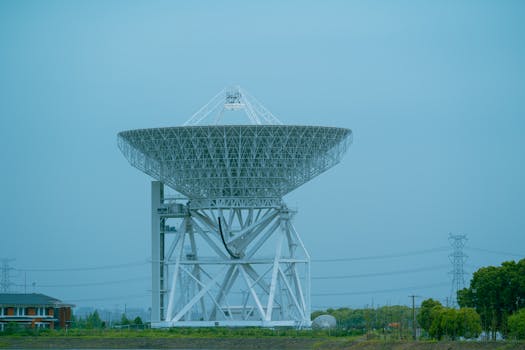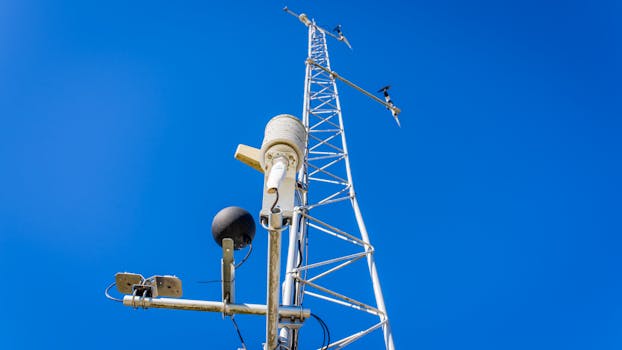
Navigating the Skies: Insights into Recent Satellite Telecommunications Innovations
Navigating the Skies: Insights into Recent Satellite Telecommunications Innovations. The field of satellite telecommunications has experienced significant growth and innovation in recent years, transforming the way we communicate and access information. With the increasing demand for global connectivity, satellite telecommunications have become a crucial component of modern communication systems. In this article, we will delve into the recent satellite telecommunications innovations and their impact on the industry.
Introduction to Satellite Telecommunications

Satellite telecommunications involve the use of satellites orbiting the Earth to transmit and receive signals, enabling communication between different parts of the world. This technology has been around for several decades, but recent advancements have made it more efficient, reliable, and accessible. Satellite telecommunications offer a wide range of services, including voice and data communication, internet connectivity, and broadcasting.
Recent Innovations in Satellite Telecommunications

Several recent innovations have transformed the satellite telecommunications industry. One of the most significant advancements is the development of high-throughput satellites (HTS), which offer faster data speeds and greater capacity. HTS have enabled the widespread adoption of satellite-based broadband services, providing internet connectivity to remote and underserved areas. Another innovation is the use of low-Earth orbit (LEO) satellites, which operate at lower altitudes and offer lower latency and higher speeds. LEO satellites have gained popularity in recent years, with companies like SpaceX and OneWeb launching constellations of these satellites to provide global internet coverage.
Impact of Satellite Telecommunications Innovations

The recent innovations in satellite telecommunications have had a significant impact on the industry. One of the most notable effects is the increased availability of satellite-based services, including broadband internet, voice communication, and broadcasting. Satellite telecommunications have also enabled the development of new applications, such as remote sensing, navigation, and earth observation. Furthermore, the use of satellite telecommunications has improved the efficiency and reliability of communication systems, enabling critical communications during natural disasters and emergencies.
Challenges and Future Directions

Despite the significant advancements in satellite telecommunications, there are still several challenges that need to be addressed. One of the major concerns is the issue of space debris, which poses a risk to the operation of satellites and the environment. Another challenge is the need for greater spectrum allocation and management, as the demand for satellite services continues to grow. Looking ahead, the future of satellite telecommunications holds much promise, with the development of new technologies like quantum communications and the integration of satellite and terrestrial networks.
See more:





